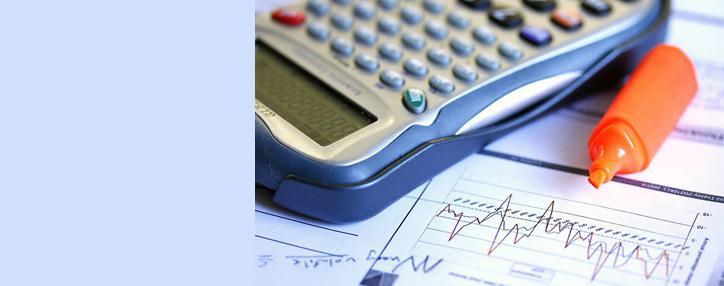Lower-than-forecast inflation recorded in Australia
22.07.2015,
12:52
Consumer prices rose 0.7% in Australia in the second quarter of this year, compared with the first quarter and 1.5%, compared with the same quarter a year before, Vestifinance.ru reports referring to the Australian Bureau of Statistics.

YEREVAN, July 22. /ARKA/. Consumer prices rose 0.7% in Australia in the second quarter of this year, compared with the first quarter and 1.5%, compared with the same quarter a year before, Vestifinance.ru reports referring to the Australian Bureau of Statistics.
Contrary to forecasts by economists, who though prices would rise 0.8%, core inflation remains firmly within the bottom half of the Reserve Bank of Australia's 2-to-3 per cent target range, preserving its ability to cut the official cash rate again if needed.
So-called trimmed mean inflation, which strips out volatile price changes, was 0.6 per cent in the second quarter and 2.2 per cent from a year earlier, the Australian Bureau of Statistics said on Wednesday.
Prices for petrol added plenty to the second quarter's price rise, offsetting decline in prices for leisure trips and accommodation inside the country.
Australian consumers are concerned about the mid-term future rather than the peak of the financial crisis. Indeed, things in the Australia's economy are worsening and the country’s public debt is seemingly coming out of control.
Australia's net foreign debt reached $995 billion and exceeded 60% of GDP in late March hitting its record high.
The Reserve Bank of Australia expected that the national currency devaluation would offset decline in the country's mining industry, but the effect was not so strong. --0----
Contrary to forecasts by economists, who though prices would rise 0.8%, core inflation remains firmly within the bottom half of the Reserve Bank of Australia's 2-to-3 per cent target range, preserving its ability to cut the official cash rate again if needed.
So-called trimmed mean inflation, which strips out volatile price changes, was 0.6 per cent in the second quarter and 2.2 per cent from a year earlier, the Australian Bureau of Statistics said on Wednesday.
Prices for petrol added plenty to the second quarter's price rise, offsetting decline in prices for leisure trips and accommodation inside the country.
Australian consumers are concerned about the mid-term future rather than the peak of the financial crisis. Indeed, things in the Australia's economy are worsening and the country’s public debt is seemingly coming out of control.
Australia's net foreign debt reached $995 billion and exceeded 60% of GDP in late March hitting its record high.
The Reserve Bank of Australia expected that the national currency devaluation would offset decline in the country's mining industry, but the effect was not so strong. --0----



